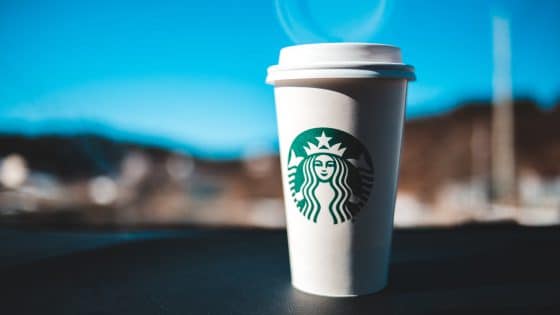2020 is going to be a difficult year for brands. Brands must take a step back and observe how the world addresses the pandemic before they can start thinking about a new approach for the rest of the year. However, within the current political and economic turmoil across the world lies not only challenges but an abundance of opportunities.
Author, Stella Berry
The world of luxury is changing beyond recognition and it’s harder for brands to remain relevant today. This is twice as true for the legacy brands whose very existence is tied to their traditional symbolic value. These heritage brands are particularly touchy about the impacts of a changing world, as their very essence is tied to their traditional roots.
But the world as we know it is, in fact, changing. In China and beyond, millennials and Gen-Zs make up 80% of luxury shoppers. It’s up to brands to learn to navigate their place in the culture zeitgeist and respond to these changes proactively. In order to remain relevant, they need to rise above the myriad of other brands and define their value and essence in fresh modern ways to connect with new and existing consumers of today. During this time, luxury brands will need to think differently about how they engage post-pandemic consumers who are dictating a new set of expectations and requirements.
Engaging with the Luxe Consumer of Today
There has been a rise in new technological developments over the years that have been disrupting the way brands can engage with consumers. This combined with the fact that consumers can have what they want with a snap of a finger has greatly impacted consumer behaviour. Before brands can even engage with their consumers, they must first meet their consumers where they are.
In the case of China, which constitutes for one-third of sales in luxury and about two-thirds of the industry’s growth in past years, luxury consumers are digital and on mobile. Brands that have been slow at having an e-commerce platform will be the ones suffering the most today.
Understanding the Core Principles of The Young Shopper
Young shoppers are embracing their principles as they continue to disrupt the meaning of luxury as we know it. Sustainability has become extremely important to them. A global Nielsen study showed that 66% of millennial respondents were willing to spend more on a product if it comes from a sustainable or socially conscious brand. For brands to even be considered a viable option by consumers, they need to be sustainable, ethical, transparent in the way they communicate these causes to Gen-Zs.
Influencers are proven to be incredibly persuasive and trustworthy, especially among younger audiences, and this has never rung truer than during the pandemic. Pre-pandemic, luxury brands have also been relying on KOLs to help reach their consumers. However, COVID-19 has highlighted the huge impact of influencer marketing. Including influencer marketing in future plans may bring great value going forward.
The Evolving Shopping Experience
The entire shopping experience in general has changed, and this includes luxury shopping too. Pre-pandemic, being able to touch and feel the products were a major part of the customer purchasing journey in boutiques. But with social distancing measures in place, what will the experience be like for consumers once boutiques are allowed to reopen? Will fear get the better of consumers, leaving stores empty until a vaccine is found, or will consumers be rushing out of the door embracing the new normal?
A recent CNBC article referenced a survey on shopping behaviour post-COVID-19, by retail predictive analytics company First Insight. The results showed that 65% of women will not feel safe trying on clothes in dressing rooms, 66% of women and 54% of men will not feel comfortable working with sales associates. It is not certain what changes brands will need to implement post-pandemic. They will have to wait and see what footfall looks like post-pandemic. Beyond adapting to the new normal, brands must have a short-term plan to survive. Such plans may include options for e-commerce or, if this is unachievable, delivery services
As lockdown measures are easing, it is highly likely we will see the rise of a type of consumer that always saw luxury brands as aspirational and something they will possess one day, like for a special birthday for example – these consumers will probably rush to buy that one piece they have always longed to have. This is because if there is one thing that COVID-19 has taught us as consumers is that everything can change very quickly, and we should enjoy it while we can. Consumers have kept a close watch on how brands have interacted with them. The brands that will come out of this stronger are the ones that have demonstrated moral fibres and truly resonated with shoppers today.
Stella Berry is the Regional Business Director at Adludio
7 Easy Ways To Promote Your Testimonials
Do you have an article, infographic, podcast, presentation slides, press release or a key individual from your organisation that you'd like to highlight on Marketing In Asia? Head on over to Upload Your Content for more info.



















